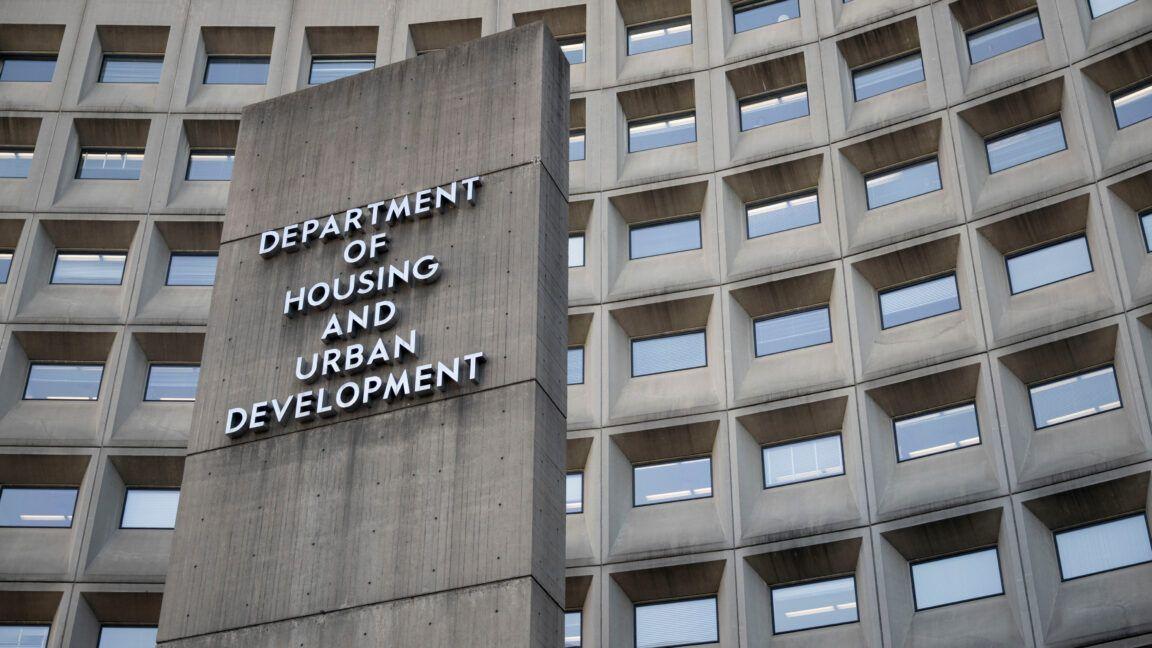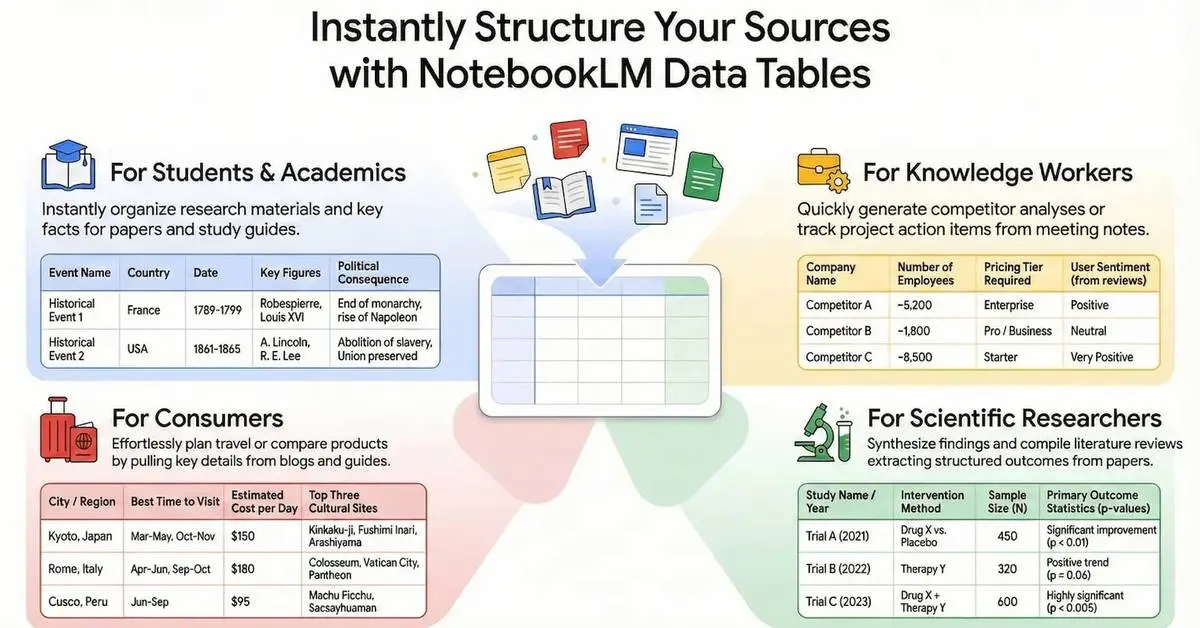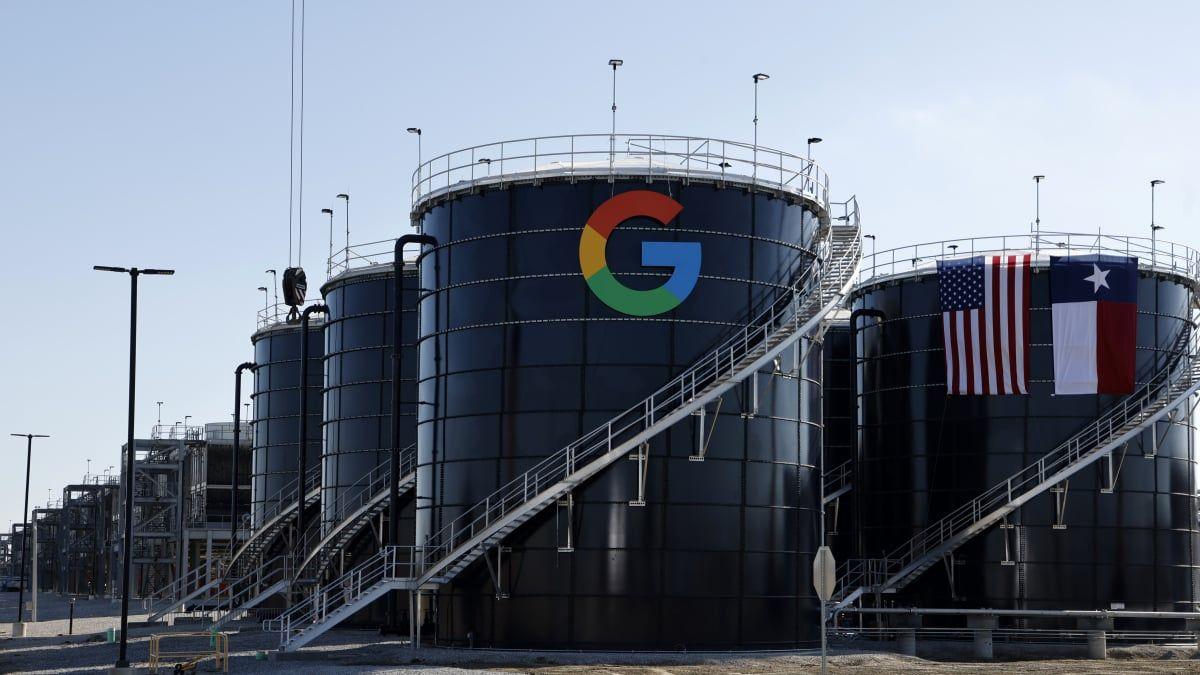Silicon Valley Engineer Exposes Challenges in Trump's DOGE Initiative, Raising Questions About Government Tech Reform
3 Sources
3 Sources
[1]
Silicon Valley techie who worked in DOGE reveals how Trump used Elon Musk as Washington's "whipping boy"
Sahil Lavingia, a Silicon Valley entrepreneur and former Pinterest employee, was fired just 55 days into his unpaid role at Elon Musk's government tech unit, DOGE. Brought in to improve operations at the Department of Veterans Affairs, Lavingia built tools to streamline processes but found himself mired in bureaucracy. His candid blog post reveals tensions, inefficiencies, and political shielding inside DOGE. His dismissal followed a media interview, prompting questions about transparency and effectiveness in the high-profile US government tech reform effort.Sahil Lavingia, a Silicon Valley engineer and founder of Gumroad, has gone public with details of his abrupt dismissal from the US government's tech initiative, DOGE, after just 55 days on the job. In a personal blog post, Lavingia claimed he "got the boot" after an interview with Fast Company was published earlier this month. "Soon after publication, my access was revoked without warning," he wrote. Lavingia's stint inside the Department of Government Efficiency (DOGE), overseen by Elon Musk under a Trump executive order, paints a picture of chaos, limited authority, and a government surprisingly more efficient than he expected. Lavingia joined DOGE in March 2025 as a software engineer at the Department of Veterans Affairs (VA), hoping to make a difference through code. As a volunteer, he received no pay. Still, he came in with enthusiasm, bolstered by a background that included supporting Bernie Sanders' campaign in 2016 and applying to the U.S. Digital Service during Obama's presidency. "On Day 1, I was excited," he wrote. "I got my government ID and learned I'd be advising the Chief of Staff. My salary? $0." His first assignment was to analyse over 90,000 federal contracts for waste. He built tools using large language models (LLMs) to flag problematic contracts, extract HR data, and assist with internal reviews tied to layoffs. He even designed dashboards to help VA teams navigate his findings faster. But the honeymoon didn't last. Soon, Lavingia discovered that improving efficiency came with serious constraints. While he was asked to identify "wasteful" contracts and suggest who to lay off, he ran into a rigid structure where decisions were not purely performance-based. Veteran status and seniority heavily influenced outcomes. Performance? Less so. He was also disillusioned by DOGE's internal culture -- or lack thereof. "I wondered why there wasn't a centralized DOGE software engineering playbook with all of our learnings," he wrote. "It seemed like every engineer started from scratch." Instead of acting as a nimble tech unit, DOGE felt more like "McKinsey volunteers embedded in agencies", disconnected and decentralised. President Trump had launched DOGE on his first day in office to shake up bureaucracy through technology. Elon Musk was its public face, supported by SpaceX's Steven Davis and a rotating cast of volunteers like Lavingia. Despite being viewed by some as decision-makers, DOGE had limited authority. "DOGE had no direct authority. The real decisions came from the agency heads appointed by President Trump, who were wise to let DOGE act as the 'fall guy' for unpopular decisions," Lavingia wrote. Musk himself echoed this view, telling The Washington Post that DOGE was Washington's "whipping boy," blamed for decisions it couldn't control. During his brief time, Lavingia worked on AI tools to support the VA's operations. He developed an internal chatbot nicknamed VAGPT and explored ways to automate and improve user experience in filing disability claims. One VA engineer reportedly said Lavingia's work accelerated AI adoption at the department by a year. But bureaucratic hurdles blocked his prototypes from reaching production. He was never allowed to ship anything live. "I was never able to get approval to ship anything to production that would actually improve American lives -- while also saving money for the American taxpayer," he wrote. He was, however, allowed to open-source some of his work, including a tool that scanned documents for terms related to DEI, COVID policies, and WHO collaborations. The abrupt end came shortly after he spoke with Fast Company about his experience. "I would say the culture shock is mostly a lot of meetings, not a lot of decisions," Lavingia told the magazine. "But honestly, it's kind of fine -- because the government works. It's not as inefficient as I was expecting, to be honest. I was hoping for more easy wins." That interview may have sealed his fate. He never received an official explanation for his removal, and the White House, VA, and Office of Management and Budget declined to comment. Lavingia's story underscores a larger issue: can Silicon Valley-style innovation truly reform government systems? Or does the friction between agile tech and slow-moving bureaucracy inevitably grind good intentions down? He remains proud of the work he managed to complete but regrets leaving before delivering meaningful, visible change. "In the end, I learned a lot, and got to write some code for the federal government. For that, I'm grateful," he wrote. "But I'm also disappointed. I didn't make any progress on improving the UX of veterans' filing disability claims or automating/speeding up claims processing, like I had hoped to when I started."
[2]
Without Musk, DOGE likely to fizzle out, says ex-staffer
"So much of the appeal and allure was Elon." He said he expected DOGE staffers to "just stop showing up to work," a former DOGE employee said. Without billionaire Elon Musk in the Trump administration, his cost-cutting Department of Government Efficiency project is likely to sputter out, a former DOGE staffer said in his first interview since leaving the team. Tesla CEO Musk announced on Wednesday evening that he was ending his time as a special government employee but vowed that DOGE would continue without him. DOGE has overseen job cuts at nearly every federal agency as part of US President Donald Trump's attempts to shake up the federal bureaucracy. However, software engineer Sahil Lavingia, who spent almost two months working for the group of pro-Musk technologists, said he expects DOGE to quickly "fizzle out." "It'll just die a whimper," Lavingia, who was fired from DOGE earlier this month, told Reuters. "So much of the appeal and allure was Elon." He said he expected DOGE staffers to "just stop showing up to work. It's like kids joining a startup that will go out of business in four months." That would cap a remarkable undoing for DOGE, which Musk initially vowed would cut $2 trillion in federal spending. Instead, DOGE estimates its efforts have saved around $175 billion so far and the group's tallies have been riddled with errors. Lavingia, the 32-year-old founder and CEO of creator platform Gumroad, said he was recruited by DOGE through a personal contact and joined the team in March. While he said he was proud of certain achievements at the Department of Veterans Affairs, including modernizing the agency's internal artificial-intelligence chatbot, he said he was often at a loss about what work he was expected to do. 'I felt like i was being pranked, ' the former Doge employee said "I got dropped into the VA with an HP laptop. What are we supposed to do? What is the road map?" Lavingia said he asked, to no avail. "I felt like I was being pranked." The White House, the VA and Musk did not respond to requests for comment. The White House has previously said that DOGE works at a fast pace to root out waste, fraud, and abuse, and generate savings for American taxpayers. Lavingia said Steve Davis, the president of Musk's tunneling enterprise the Boring Company, ran day-to-day operations while Turkish-born venture capitalist Baris Akis helped with DOGE recruitment and DOGE logistics. Davis and Akis did not respond to requests for comment sent via the White House. When instructions did come through, they were usually communicated through phone calls or small chats on the encrypted Signal messaging app that would typically auto-delete in one day, Lavingia said. Lavingia said instructions included moving faster to increase mass layoffs at the VA, the federal government's second-largest agency. The only time he met Musk, Lavingia said, was at an all-hands meeting in March with what he estimated was between 40 and 60 fellow DOGE staffers. Lavingia said he asked to open-source, or make freely available, some of his computer code, which Musk approved. He then asked if they could livestream DOGE meetings to increase transparency. "Elon said: 'That's a great idea. We'll do it next week.' He then caught himself and said: 'Maybe we pre-record it because of security risks.'" Lavingia said he never heard back. In early May, after he spoke to media outlet Fast Company about working at DOGE, Lavingia said his computer access was revoked in what amounted to a firing. He said Musk and team leaders never explicitly told him he should not talk to journalists. "My DOGE days were over," Lavingia wrote in a blog about his experience.
[3]
Without Musk, DOGE likely to fizzle out, says ex-staffer
(Reuters) -Without billionaire Elon Musk in the Trump administration, his cost-cutting Department of Government Efficiency project is likely to sputter out, a former DOGE staffer said in his first interview since leaving the team. Tesla CEO Musk announced on Wednesday evening that he was ending his time as a special government employee but vowed that DOGE would continue without him. DOGE has overseen job cuts at nearly every federal agency as part of U.S. President Donald Trump's attempts to shake up the federal bureaucracy. However, software engineer Sahil Lavingia, who spent almost two months working for the group of pro-Musk technologists, said he expects DOGE to quickly "fizzle out." "It'll just die a whimper," Lavingia, who was fired from DOGE earlier this month, told Reuters. "So much of the appeal and allure was Elon." He said he expected DOGE staffers to "just stop showing up to work. It's like kids joining a startup that will go out of business in four months." That would cap a remarkable undoing for DOGE, which Musk initially vowed would cut $2 trillion in federal spending. Instead, DOGE estimates its efforts have saved around $175 billion so far and the group's tallies have been riddled with errors. Lavingia, the 32-year-old founder and CEO of creator platform Gumroad, said he was recruited by DOGE through a personal contact and joined the team in March. While he said he was proud of certain achievements at the Department of Veterans Affairs, including modernizing the agency's internal artificial-intelligence chatbot, he said he was often at a loss about what work he was expected to do. "I got dropped into the VA with an HP laptop. What are we supposed to do? What is the road map?" Lavingia said he asked, to no avail. "I felt like I was being pranked." The White House, the VA and Musk did not respond to requests for comment. The White House has previously said that DOGE works at a fast pace to root out waste, fraud, and abuse, and generate savings for American taxpayers. Lavingia said Steve Davis, the president of Musk's tunneling enterprise the Boring Company, ran day-to-day operations while Turkish-born venture capitalist Baris Akis helped with DOGE recruitment and DOGE logistics. Davis and Akis did not respond to requests for comment sent via the White House. When instructions did come through, they were usually communicated through phone calls or small chats on the encrypted Signal messaging app that would typically auto-delete in one day, Lavingia said. Lavingia said instructions included moving faster to increase mass layoffs at the VA, the federal government's second-largest agency. The only time he met Musk, Lavingia said, was at an all-hands meeting in March with what he estimated was between 40 and 60 fellow DOGE staffers. Lavingia said he asked to open-source, or make freely available, some of his computer code, which Musk approved. He then asked if they could livestream DOGE meetings to increase transparency. "Elon said: 'That's a great idea. We'll do it next week.' He then caught himself and said: 'Maybe we pre-record it because of security risks.'" Lavingia said he never heard back. In early May, after he spoke to media outlet Fast Company about working at DOGE, Lavingia said his computer access was revoked in what amounted to a firing. He said Musk and team leaders never explicitly told him he should not talk to journalists. "My DOGE days were over," Lavingia wrote in a blog about his experience. (Reporting by Alexandra Ulmer in San Francisco; Editing by Matthew Lewis)
Share
Share
Copy Link
Sahil Lavingia, a former DOGE employee, reveals the inner workings and shortcomings of the Trump administration's Department of Government Efficiency, highlighting the clash between Silicon Valley innovation and government bureaucracy.
Silicon Valley Meets Government Bureaucracy
Sahil Lavingia, a 32-year-old Silicon Valley entrepreneur and founder of Gumroad, has shed light on the inner workings of the Department of Government Efficiency (DOGE), a high-profile U.S. government tech reform initiative overseen by Elon Musk under the Trump administration. Lavingia's brief 55-day stint as an unpaid volunteer at DOGE, specifically within the Department of Veterans Affairs (VA), has exposed a stark contrast between Silicon Valley's agile approach and the federal government's bureaucratic processes
1
.
Source: Market Screener
DOGE's Structure and Challenges
DOGE was launched by President Trump on his first day in office with the ambitious goal of revolutionizing government operations through technology. Elon Musk served as its public face, supported by SpaceX's Steven Davis and a rotating cast of volunteers like Lavingia
1
. However, Lavingia's experience revealed that DOGE had limited authority, with real decisions coming from agency heads appointed by President Trump1
.The initiative's internal culture was described as disconnected and decentralized, lacking a unified approach to software engineering. Lavingia noted, "It seemed like every engineer started from scratch," highlighting the absence of a centralized DOGE software engineering playbook
1
.AI Innovations and Bureaucratic Hurdles
During his brief tenure, Lavingia developed several AI tools to support the VA's operations, including:
- An internal chatbot nicknamed VAGPT
- Tools using large language models (LLMs) to flag problematic contracts
- Dashboards to help VA teams navigate findings faster
1
Despite these innovations, bureaucratic hurdles prevented Lavingia's prototypes from reaching production. He expressed frustration, stating, "I was never able to get approval to ship anything to production that would actually improve American lives -- while also saving money for the American taxpayer"
1
.The Role of Elon Musk and DOGE's Future

Source: ET
Elon Musk's involvement in DOGE was seen as crucial to its appeal and effectiveness. With Musk's recent announcement of ending his time as a special government employee, concerns have been raised about DOGE's future
2
. Lavingia predicts that without Musk, DOGE is likely to "fizzle out" quickly3
."It'll just die a whimper," Lavingia told Reuters. "So much of the appeal and allure was Elon." He expects DOGE staffers to "just stop showing up to work. It's like kids joining a startup that will go out of business in four months"
2
.DOGE's Impact and Controversies
While DOGE initially vowed to cut $2 trillion in federal spending, estimates suggest its efforts have saved around $175 billion so far. However, the group's tallies have been riddled with errors
3
. The initiative has overseen job cuts at nearly every federal agency as part of Trump's attempts to shake up the federal bureaucracy2
.Related Stories
Transparency and Communication Issues
Lavingia's experience highlighted issues with transparency and communication within DOGE. Instructions were often communicated through encrypted Signal messages that would auto-delete in one day
3
. When Lavingia suggested livestreaming DOGE meetings for increased transparency, Musk initially agreed but later backtracked, citing security risks2
.Lavingia's Departure and Reflections
Lavingia's time at DOGE came to an abrupt end after he spoke to Fast Company about his experience. His computer access was revoked without warning, effectively firing him from the volunteer position
1
. Despite the challenges, Lavingia remains proud of certain achievements but regrets leaving before delivering meaningful, visible change1
.His story underscores a larger question: Can Silicon Valley-style innovation truly reform government systems, or does the friction between agile tech and slow-moving bureaucracy inevitably hinder progress?
References
Summarized by
Navi
[2]
[3]
Related Stories
Elon Musk's DOGE Develops Custom AI Chatbot 'GSAi' for US Government Efficiency
04 Feb 2025•Policy and Regulation

DOGE's Data Access Sparks Privacy and Security Concerns Across US Government
22 Feb 2025•Policy and Regulation

Elon Musk Shifts Focus Back to Tech Empire Amid Political Backlash and Business Challenges
26 May 2025•Business and Economy

Recent Highlights
1
Google launches Gemini 3 Flash as default AI model, delivering speed with Pro-grade reasoning
Technology

2
OpenAI launches GPT Image 1.5 as AI image generator war with Google intensifies
Technology

3
OpenAI launches ChatGPT app store, opening doors for third-party developers to build AI-powered apps
Technology





